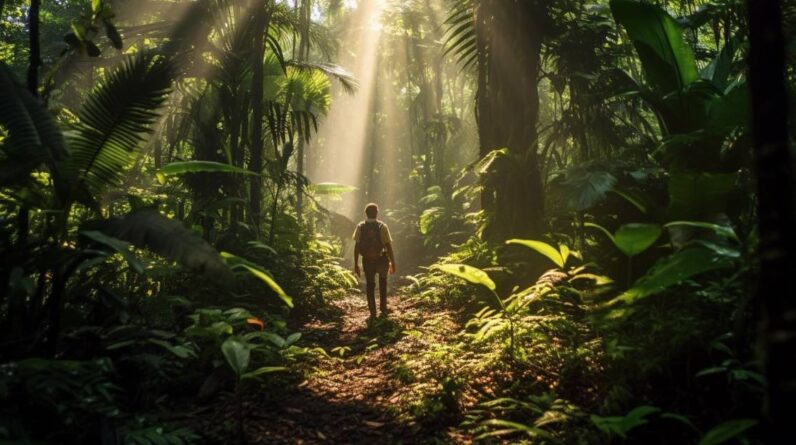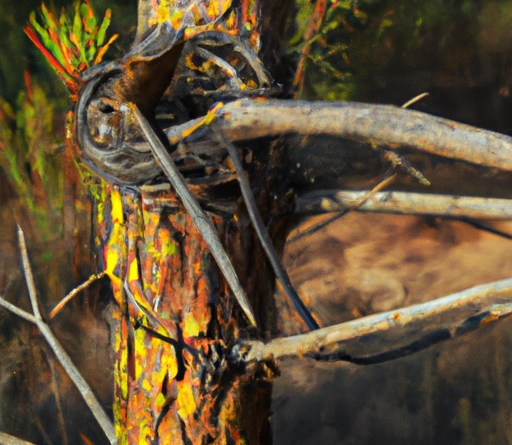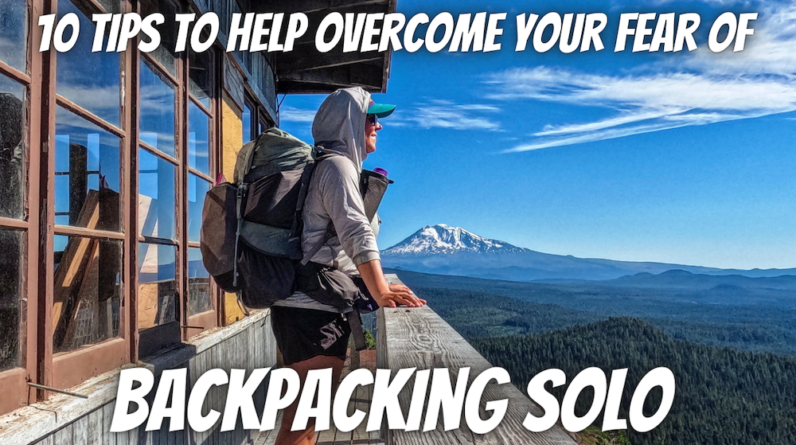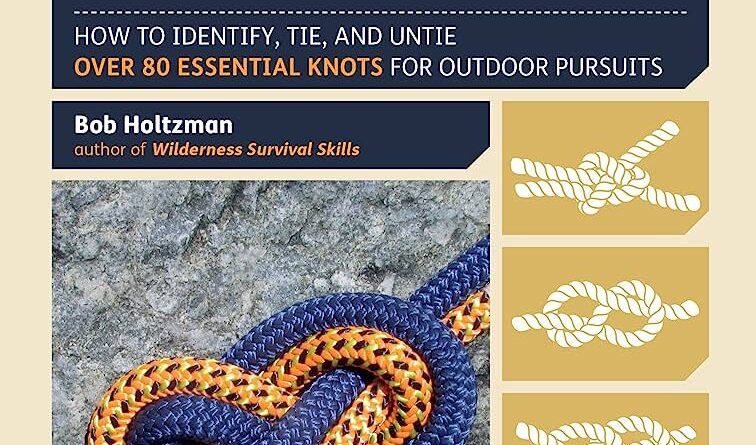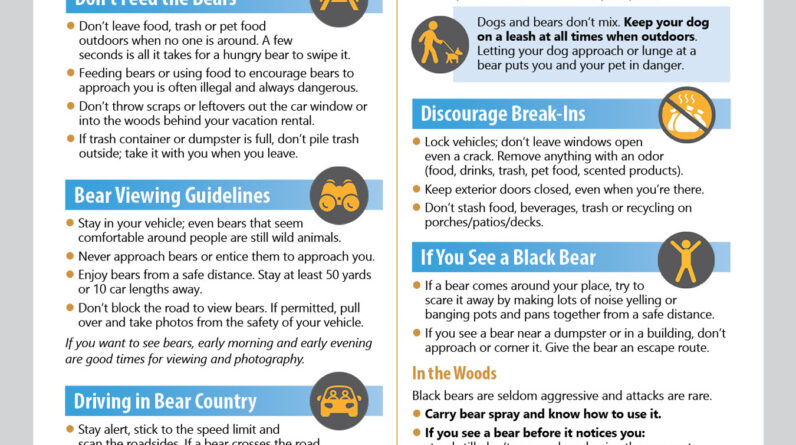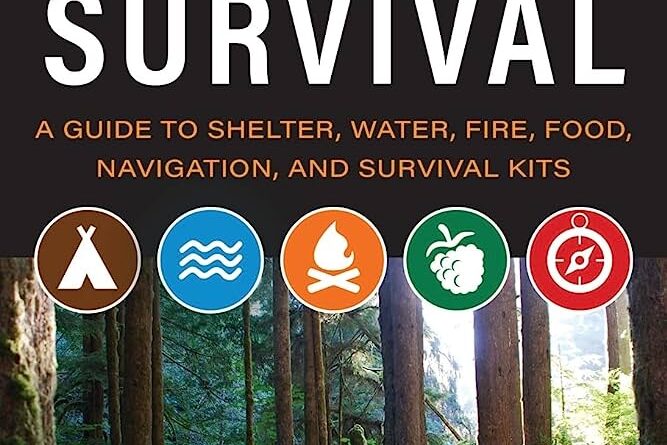
Introduction
As a hiker, venturing into the wilderness can be an exhilarating experience, connecting you with nature and providing a sense of serenity. However, it’s crucial to equip yourself with essential wilderness survival skills to ensure your safety and well-being in case of emergencies. These skills could potentially save your life or that of a fellow hiker.
Why Wilderness Survival Skills are Important for Hikers
When exploring the wilderness, unforeseen situations can arise, such as getting lost, encountering extreme weather conditions, or even facing a medical emergency. Knowing essential survival skills will empower you to navigate through these challenges and increase your chances of being safely reunited with civilization.
How These Skills Can Save Lives in Emergency Situations
Imagine finding yourself lost in a dense forest, far from any help or communication. Having the ability to find or build shelter, purify water, start a fire, and navigate using basic tools can make a world of difference. These skills can also aid in treating injuries, signaling for help, and ensuring you have enough food and water until rescue arrives.
In this article, we will guide you through ten essential wilderness survival skills that every hiker should know. From learning how to read a compass and map to understanding basic first aid techniques, each skill is fundamental in mastering the art of surviving in the great outdoors. So, pack your bags, lace up your boots, and let’s get started on this exciting journey of learning vital wilderness survival skills.
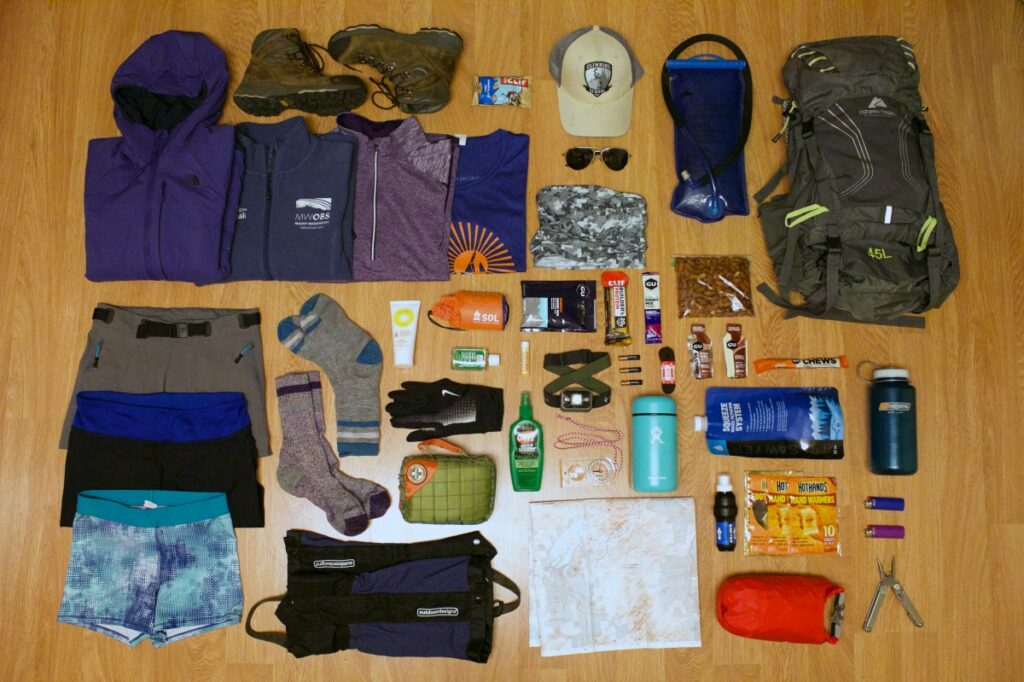
Finding and Purifying Water
One of the most essential wilderness survival skills for hikers is learning how to find and purify water. Water plays a critical role in your survival, as dehydration can quickly become a life-threatening situation. Thus, it is vital to know how to locate water sources and make them safe for consumption.
Importance of water in wilderness survival
In the wild, water is scarce, and your body needs it to function properly. Without enough water, you can experience symptoms such as dizziness, fatigue, and even heat stroke. Thus, finding and maintaining a stable water supply should be your top priority.
Methods to find and collect water sources
Knowing where and how to find water sources is crucial. Look for signs of life, such as birds or insects, as they often lead you to water. Pay attention to the vegetation, as it thrives near water sources. Additionally, explore low-lying areas, valleys, and areas with higher chances of groundwater presence. Collect water in a container, or use improvised methods like building a solar still or gathering dew.
How to purify water for safe consumption
While finding water is important, purifying it is equally vital to avoid drinking harmful contaminants. Boiling water is the most reliable method to purify it. If boiling is not an option, you can use water purification tablets, filters, or UV light devices. Always follow the manufacturer’s instructions for proper usage.
Remember, knowing how to find and purify water in the wilderness can be a matter of life or death. Equip yourself with these essential skills, and stay hydrated to increase your chances of survival.
Building Shelter
Understanding the Importance of Shelter in the Wilderness
When venturing into the wilderness, whether for a day hike or a multi-day adventure, it is crucial to understand the importance of shelter. In unpredictable and harsh environments, having a shelter can mean the difference between life and death. Shelter provides protection from extreme weather conditions, such as intense heat, freezing temperatures, heavy rain, or snow. It also offers a sense of security, keeping you safe from potential predators.
Different Types of Natural Shelters
Nature provides various resources that can be used to create shelters. These natural shelters include caves, rock formations, fallen trees, and overhangs. Being able to identify and utilize these structures can greatly increase your chances of survival. Understanding their strengths and weaknesses can help you select the best option suitable for the given circumstances.
Methods to Build Emergency Shelters
In situations where natural shelters are not readily available, knowing how to build emergency shelters is crucial. Skills such as constructing a debris hut, lean-to, or a poncho shelter can provide protection and conserve body heat in dire situations. It is essential to learn these techniques beforehand and practice them regularly, as they require knowledge and efficiency.
Remember, the wilderness can be unforgiving. By developing these wilderness survival skills, you ensure that you are adequately prepared for any unexpected circumstances, increasing your chances of a safe return. So, whether you are an experienced hiker or a beginner, mastering these essential skills will undoubtedly enhance your overall wilderness experience.
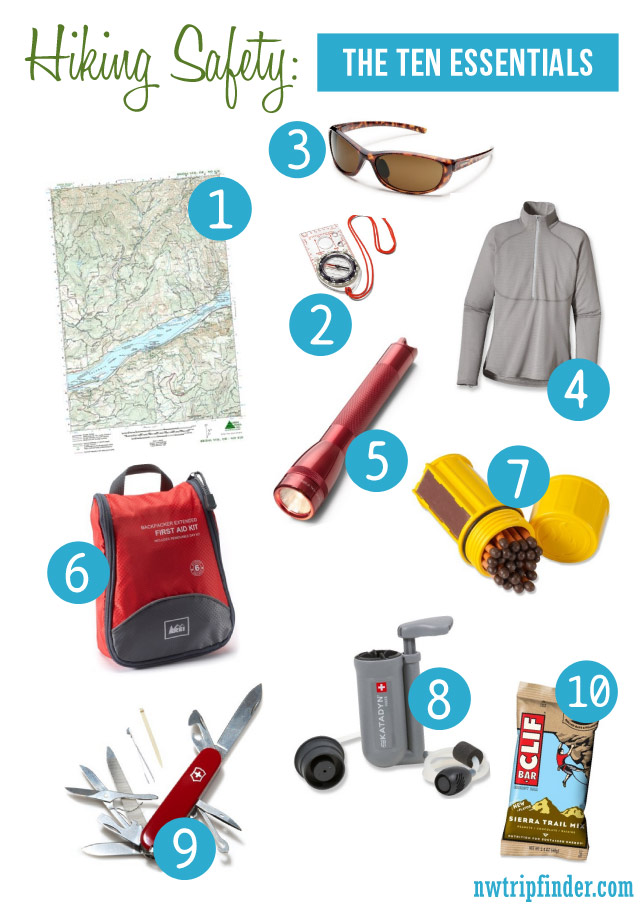
Navigating and Orienteering
When venturing into the wilderness, it’s crucial to have the necessary skills to navigate and orient yourself effectively. Being able to find your way can make all the difference in a survival situation. In this section, we will explore three essential aspects of navigating and orienteering: using maps, compasses, and GPS devices; understanding topography and terrain features; and techniques for orienteering without traditional tools.
Using maps, compasses, and GPS devices to navigate
A map and compass are timeless tools that every hiker should know how to use. They provide a reliable way to determine your location and plot a course. With a map, you can identify landmarks, trails, and potential hazards. A compass, on the other hand, helps you establish direction and follow a specific bearing. Additionally, modern GPS devices can be incredibly helpful, offering detailed maps and precise coordinates.
Understanding topography and terrain features
Developing a good understanding of topography and terrain features is crucial for successful navigation. By analyzing elevation, slope, and contours on a map, you can anticipate challenges and choose the best path. Identifying prominent features such as mountains, valleys, and bodies of water will aid in knowing where you are at all times.
Techniques for orienteering without traditional tools
While having a map and compass is ideal, it’s equally important to know how to orient yourself without them. Techniques such as using the sun, stars, and shadows can help you determine direction and navigate with confidence. By observing natural indicators like wind patterns, animal behavior, and plant growth, you can gain valuable insights into your surroundings and find your way.
By mastering these navigating and orienteering skills, you will significantly increase your chances of staying safe and finding your way back to civilization in any wilderness situation. So, whether you’re planning a day hike or a multi-day expedition, take the time to develop and refine these essential survival skills.

Starting a Fire
Significance of fire in wilderness survival
When you find yourself stranded in the wilderness, knowing how to start a fire is a crucial skill that can mean the difference between life and death. Fire provides warmth and protection, it can purify water, and it can cook food. The significance of fire cannot be understated when it comes to survival in the wild.
Primitive methods for fire-starting
In the absence of modern tools, it is essential to know primitive methods for starting a fire. These techniques include the hand drill method, where friction generates heat to ignite dry tinder, as well as the bow drill method, which uses a bow to create enough friction to produce an ember. Understanding and practicing these methods can be lifesaving in emergency situations.
Safety precautions and responsible fire management
While fire is crucial for survival, it is equally important to practice responsible fire management. Always ensure you have a clear and safe area for your fire, away from flammable materials. Before leaving a fire unattended, completely extinguish it to prevent forest fires. Additionally, make sure to check the local regulations and restrictions regarding fire usage in the wilderness.
By mastering the skill of starting a fire using primitive methods and following safety precautions, you enhance your ability to survive and stay safe in the wilderness. Remember, knowledge and practice are fundamental when it comes to wilderness survival.

Foraging and Identifying Edible Plants
When venturing into the wilderness, one of the most critical wilderness survival skills for hikers to possess is the ability to forage and identify edible plants. This skill can be a literal lifesaver, providing sustenance when resources are scarce. However, it requires knowledge and caution to differentiate between safe and harmful plant species.
Identifying Edible Plants and Fungi in the Wild
To safely forage for food, you must be able to confidently identify edible plants and fungi. Familiarize yourself with common species found in the regions you hike. Look for markers such as distinctive leaves or flowers, and consult field guides or apps for accurate identification. Remember, even plants that appear similar can have different edibility, so be meticulous in your examination.
Tips for Safely Foraging and Testing Plants
Before consuming any wild plant, remember these essential tips:
- Never eat a plant unless you’re absolutely certain of its identity.
- Avoid plants growing near roads, industrial sites, or polluted water sources.
- Start by sampling small amounts to test for possible allergic reactions.
- Learn to recognize poisonous plants and avoid them at all costs.
Common Edible Plants Found in Different Regions
In various areas, you’ll come across different edible plants. For instance, the eastern woodlands offer nourishment from acorns, cattails, and wild berries, while the Pacific Northwest provides hikers with an abundance of morels, salmonberries, and thimbleberries. Taking the time to understand the edible plants native to your hiking destination will significantly enhance your ability to forage and meet your survival needs.
Now equipped with the knowledge to identify edible plants and fungi in the wild and the necessary precautions to take, you can confidently embark on your hiking adventures, knowing you possess a vital wilderness survival skill.
First Aid Basics
Hiking in the wilderness can be an exhilarating experience, but it also comes with inherent risks. As a hiker, it’s essential to equip yourself with the necessary wilderness survival skills, and one of the most crucial skills to have is knowledge of first aid basics. In this section, we will discuss the importance of first aid knowledge in the wilderness, the essential first aid supplies every hiker should carry, and how to treat common injuries and illnesses that may occur during your hiking adventures.
Importance of First Aid Knowledge in the Wilderness
In the wilderness, medical help is often far away, and injuries or illnesses can occur unexpectedly. Knowing first aid can make a significant difference in how you handle these situations. By having basic first aid knowledge, you can stabilize injuries, prevent infections, and potentially save lives. It empowers you to provide immediate assistance and manage the situation until professional help arrives.
Essential First Aid Supplies for Hikers
Carrying a well-stocked first aid kit is crucial for any hiker. Your kit should include items such as adhesive bandages, gauze pads, antiseptic ointment, medical tape, blister treatments, and over-the-counter pain relievers. Additionally, it’s essential to have a comprehensive knowledge of how to use these supplies effectively.
Treating Common Injuries and Illnesses in the Wilderness
Whether it’s a sprained ankle, a deep cut, or even dehydration, knowing how to treat common injuries and illnesses is vital for every hiker. In this section, we will explore various scenarios and provide step-by-step instructions on how to address them, including proper wound cleaning techniques, splinting methods, and tips for rehydrating in the wild.
By familiarizing yourself with first aid basics, packing a comprehensive first aid kit, and learning how to treat common injuries and illnesses, you can enhance your confidence while hiking in the wilderness. Always remember that prevention is key, and being prepared for emergencies will ensure a safer and more enjoyable hiking experience.
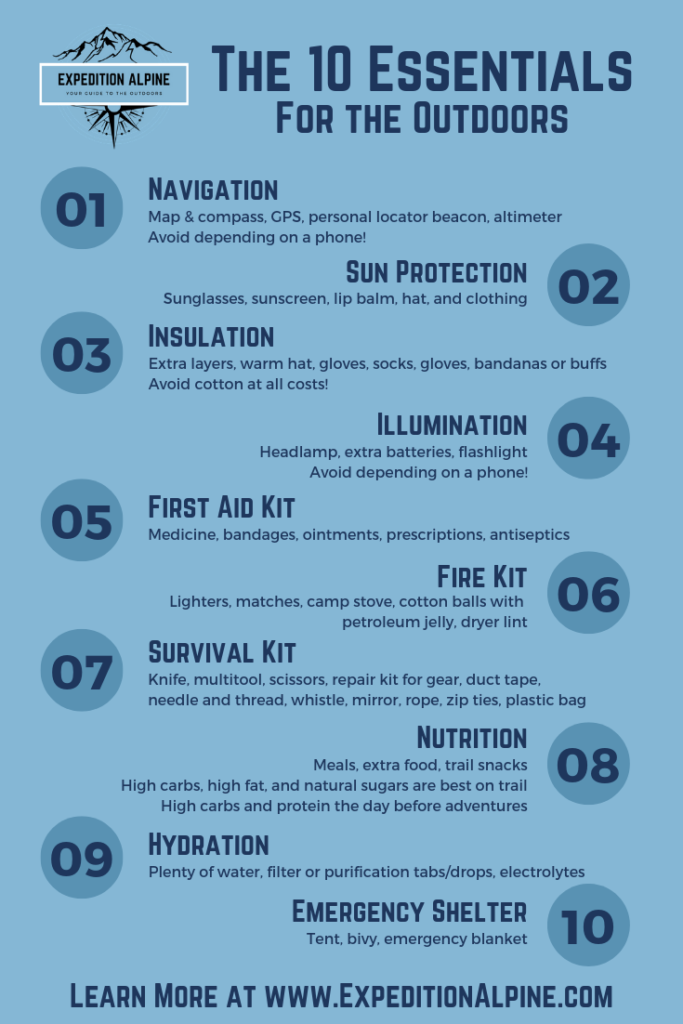
Conclusion
Recap of the Importance of Wilderness Survival Skills for Hikers
In conclusion, having essential wilderness survival skills is crucial for hikers who venture into the great outdoors. These skills can mean the difference between life and death in critical situations. By understanding and mastering these techniques, you can greatly enhance your safety and ensure a successful outdoor adventure.
Encouragement to Learn and Practice these Skills
Learning these essential wilderness survival skills is not only beneficial, but it can also be a fun and rewarding experience. It allows you to connect with nature on a deeper level and gain a sense of self-reliance. Remember, knowledge is power, and the more you practice these skills, the more confident and prepared you will be in any outdoor situation.
Emphasizing Preparedness and Safety in Outdoor Adventures
When it comes to hikers, preparedness and safety should always be a top priority. Never underestimate the unpredictability of nature. By equipping yourself with these essential wilderness survival skills, you are taking proactive steps to protect yourself and ensure a positive outdoor experience. Always remember to plan appropriately, pack essential supplies, inform someone of your itinerary, and be aware of your surroundings.
So, whether you are a beginner hiker or a seasoned outdoor enthusiast, investing time and effort in acquiring and practicing these wilderness survival skills is well worth it. Stay safe, enjoy the wonders of nature, and embrace the adventure that awaits you!



